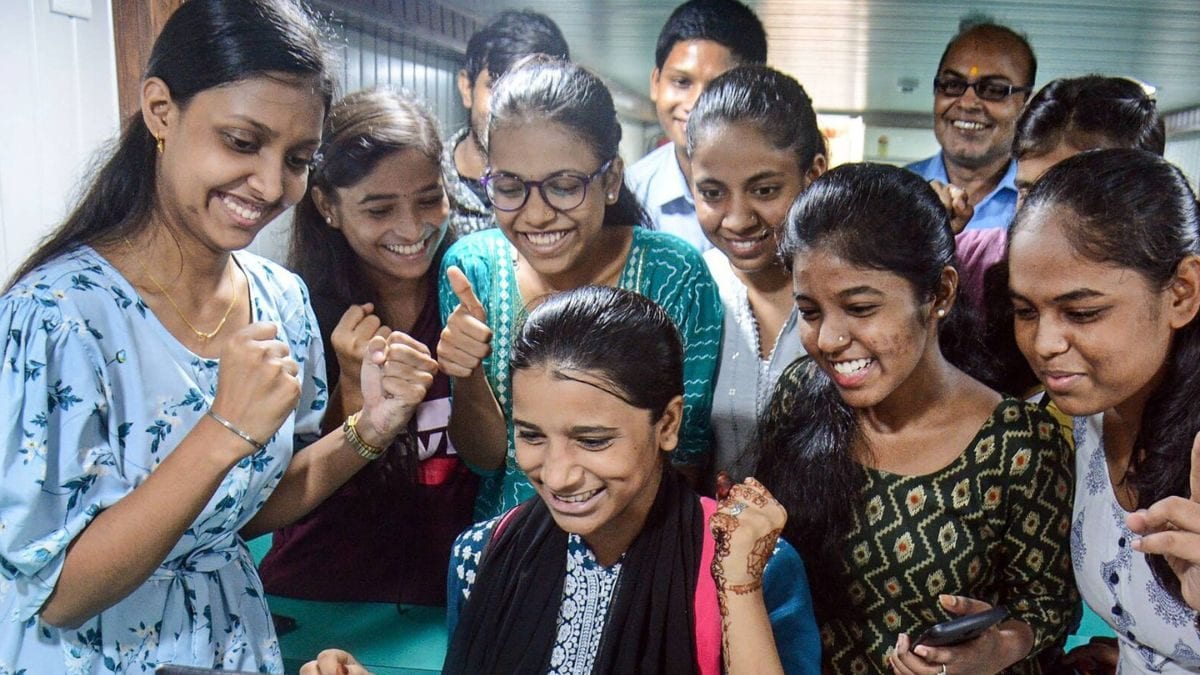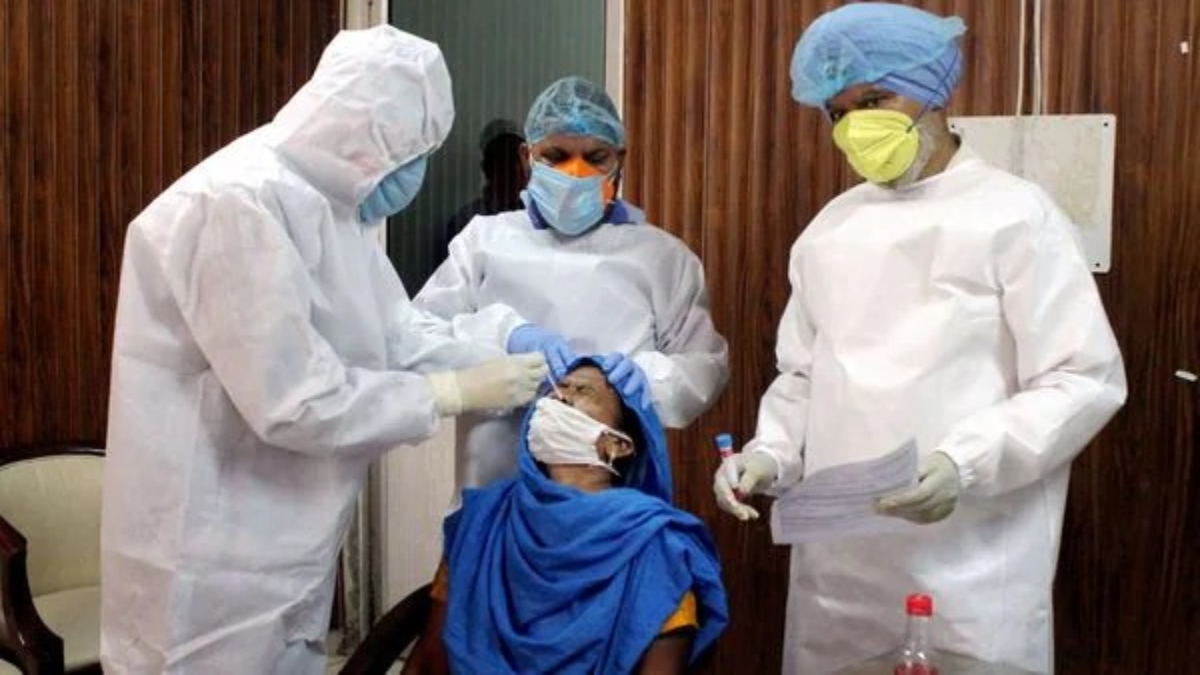National Family Health Survey says women outnumber men
The HinduThe fifth edition of the National Family Health Survey confirmed signs of a demographic shift in India. However, sex ratio at birth for children born in the last five years only improved from 919 per 1,000 males in 2015-16 to 929 per 1,000, underscoring that boys, on average, continued to have better odds of survival than girls. Editorial | Measuring progress: On the lessons of National Family Health Survey-5 India is still poised to be the most populous country in the world with the current projection by the United Nations population division forecasting that India's population will peak around 1.6 to 1.8 billion from 2040-2050. The NFHS-5 survey work has been conducted in around 6.1 lakh sample households from 707 districts of the country; covering 724,115 women and 101,839 men to provide disaggregated estimates up to district level. State TFR-5 TFR-4 SR-5 SR-4 A&N 1.3 1.4 963 977 AP 1.7 1.8 1045 1021 Assam 1.9 2.2 1012 993 Bihar 3 3.4 1090 1062 D&N 1.8 2.1 827 813 Goa 1.3 1.7 1027 1018 Gujarat 1.9 2 965 950 HP 1.7 1.9 1040 1078 J&K 1.4 2 948 971 Karnataka 1.7 1.8 1034 979 Kerala 1.8 1.6 1121 1049 Lakshadweep 1.4 1.8 1187 1022 Ladakh 1.3 2.3 971 1000 Maharashtra 1.7 1.9 966 952 Meghalaya 2.9 3 1039 1005 Manipur 2.2 2.6 1066 1049 Mizoram 1.9 2.3 1018 1012 Nagaland 1.7 2.7 1007 968 Sikkim 1.1 1.2 990 942 Telangana 1.8 1.8 1049 1007 Tripura 1.7 1.7 1011 998 WB 1.6 1.8 1049 1007 Arunachal 1.82 2.1 997 958 Chattisgarh 1.82 2.2 1015 1019 Haryana 1.9 2.1 926 876 Jharkhand 2.3 2.6 1050 1002 MP 2 2.3 970 948 Odisha 1.8 2.1 1063 1036 Punjab 1.6 1.6 938 905 Rajasthan 2 2.4 1009 973 TN 1.8 1.7 1088 1033 UP 2.4 2.7 1017 995 Uttarakhand 1.9 2.1 1016 1015 Chandigarh 1.4 1.6 917 934 Delhi 1.6 1.8 913 854 Puduchery 1.5 1.7 1112 1068 TFR is total fertility rate, and SR is sex ratio.
History of this topic

More Than a Social Issue: Why Women’s Empowerment is an Economic Imperative
News 18_1659780572725_1660918501910_1660918501910.jpg)
Women have more sex partners than men in most Indian states, finds NFHS survey
Hindustan Times
Women have more sex partners than men in 11 states/UTs: Survey
Hindustan Times)
National Family Health Survey: 9% rise in women who have a bank account, 5% rise in those who own a house or land
Firstpost
Data | Burden of family planning falls on women in India, female sterilisation widely preferred
The Hindu
Key indicators from the National Family Health Survey (NFHS-5) 2019-21 factsheet
Hindustan Times
Measuring the change: The Hindu Editorial on reliability of socio-economic surveys
The Hindu
NHFS survey shows marginal increase in women employment
The Hindu
Fertility falls, obesity goes up in India , says National Family Health Survey
The HinduFamilies in distress: Latest NFHS findings paint bleak picture
The Hindu)
Sex ratio: Women-centric policies, programmes of Modi government show results
FirstpostA close reading of the NFHS-5, the health of India
The Hindu
Measuring progress: The Hindu Editorial on the lessons of National Family Health Survey-5
The HinduT.N. posits higher figure for sex ratio at birth
The Hindu)
For first time, India records more women than men, finds latest NFHS
Firstpost)
NFHS Survey: Fertility rate dips to 2.0; more than half women, children anaemic in 14 states, UTs
Firstpost
National Family Health Survey: As Covid swirls, lifestyle diseases rise in India
India Today)
India's sex ratio has widened in 8 states: National Family Health Survey also reports high level gender-based violence
FirstpostDiscover Related








































)






